Wondering if you have a sad dog at home? It's tough to watch your pup mope around. An off day is understandable, but constant sadness or gloomy behavior could be concerning. Identifying the signs of dog depression and caring for your canine companion can turn their frown upside down. Let's discuss how you can bring joy back into your dear dog's life.
Recognizing the Signs of a Sad Dog

Not sure if your furry pal's sadness is more than just a bad day? Spotting the common signs of depression in dogs can be tricky, but don't worry! Keep an eye out for changes in behavior, energy, and interest. Spotting these clues can make a huge difference in getting depressed dogs back to their happy selves.
Changes in Behavior and Energy Levels
If your dog is acting off, they may be feeling sad. Look out for sudden changes in energy, like unusually lethargic behavior. On the flip side, they may also become overly anxious.
An unhappy pup may not be as playful or active as usual. This shift can leave you wondering where their spark went. Pay close attention to these changes, as they're often one of the first signs that something's up.
Altered Eating or Sleeping Habits
Many dogs show changes in their appetite or sleep patterns when sad. You might notice your pup eating less than normal or not finishing their food at all.
On top of that, poor sleep or even excessive sleeping could point to an unhappy pet. These changes can clue in that something's not right.
Lack of Interest in Favorite Activities
A dog's depression symptoms can also include a lack of excitement about their usual fun activities. A somber pup might show little to no interest in their favorite toys or playtime.
This lack of enthusiasm can signify emotional distress from boredom or something deeper. Watch closely to see if they seem disconnected from the things they usually love.
Why Does My Dog Look Sad? [Common Causes of Sadness in Dogs]

There are a few common reasons our canine friends might feel blue. Factors like emotional shifts, physical conditions, and other reasons can contribute to their gloominess. Understanding the root cause will help you take the right steps to help your furry buddy feel better.
Loneliness or Separation Anxiety
Loneliness or separation anxiety is one of the major causes of sadness in dogs. They may get upset when left alone for too long, leading to anxious whining or even destructive actions. If your dog's mood shifts when you're away, they might be missing that connection with you.
Loss of a Companion (Human or Pet)
Losing a beloved family member or other pets they're close to can emotionally trigger our canine companions. If your dog is depressed due to such loss, they may withdraw, become more quiet, or act out. Give them time and support as they adjust to the change.
Changes in Routine or Environment
Dogs thrive on routine. When that gets shaken up, it can cause stress and affect their mood. A sudden move, changes in your schedule, or even a new environment can leave your pup uneasy and sad. Keeping their schedule as stable as possible helps them feel safe and secure.
Illness or Physical Discomfort
Physical illness can really get a dog down. If your pup is facing health issues, sadness could be a symptom. Physical pain can make your pet feel fatigued and unhappy, whether it's from a small problem like muscle tension or a major medical issue like joint discomfort. A visit to the vet is your best course of action.
How To Cheer Up a Dog That Seems Sad

There's plenty you can do to lift your glum dog's spirits. Start by offering some extra love and attention. Sometimes, all they need is a little time with their favorite person. Let's go over some ways to help your pup feel like their happy self again.
Spending Quality Time Together
Dogs love spending time with their humans. A little extra bonding can go a long way in lifting their mood. Your presence can bring comfort, so aim for regular walks, cuddle sessions, or just some quiet time together with their favorite toys and treats. Showing your dog they're not alone can help ease their sadness and strengthen your bond.
Providing Mental and Physical Stimulation
Keep your dog's mind and body active to help boost their mood. Interactive toys, puzzles, and games can stimulate their brain, while regular walks or playtime will keep them active. Exercise is a great way to release pent-up energy and relieve stress, helping your pet feel more upbeat and energized.
Creating a Comfortable and Safe Environment
Make sure your pet's space is a cozy, stress-free haven. A comfortable bed, familiar toys, and a quiet, safe space can help them feel more secure. By giving your dog a calm environment, you'll encourage a sense of peace that can lift their spirits and ease any worries they may be experiencing.
Sunlight and Fresh Air
Sunlight and fresh air can work wonders for an unhappy dog. Spending time outdoors provides mental stimulation, physical exercise, and a natural mood boost.
Sunlight helps regulate a dog’s circadian rhythm, promoting better sleep and overall well-being, while fresh air and new scents can keep their mind engaged. A walk, play session, or just relaxing in the sun can lift their spirits and help ease feelings of sadness or boredom.
Getting a Companion Dog
Getting another dog may cheer up a mopey dog, but it depends on the reason for their sadness and their personality. Some dogs thrive with a companion, finding comfort and joy in a new friend, while others may feel overwhelmed or uninterested.
Before bringing in another dog, consider your pup’s temperament, energy level, and social preferences. If they’re grieving or feeling lonely, extra attention, enrichment activities, and quality time together might be more effective than immediately adding a new pet, which is a big responsibility.
Can CBD Help Support a Dog's Mood?

You might be wondering if CBD (cannabidiol) can help your dog when it's down and out. The answer is yes. Research shows that CBD can support emotional wellness and help relieve discomfort.
The best part? CBD is completely natural, and it's well-tolerated by most dogs (if not all) when provided correctly. Talk about a natural choice for boosting your pup's mood!
Potential Benefits of CBD for Emotional Wellness and Discomfort Relief
CBD may provide your furry friend with emotional and physical support. It helps promote a more relaxed mood and may ease some of the physical discomfort or stress contributing to their sadness.
Our line of CBD pet products—including soft chews, crunchy treats, oils, and pills—may help your canine companion find their spunk again. Check out more info about our products on our online shop.
Choosing the Right CBD Product for Your Dog
When choosing CBD for your dog, go for high-quality products from a trusted source like Holistapet. For example, we offer all-natural, vegan-friendly, gluten-free, non-GMO, and vet-approved options. Our CBD products are third-party lab tested, making sure your pup gets the best. We've got the perfect fit for your pet's needs.
Preventing Sadness in Dogs

Prevention is key when it comes to safeguarding your dog's emotions. By staying on top of their needs and keeping consistent patterns, you can reduce the chances of them becoming sad. Let's dive into a couple of ways you can help keep your pet's spirits up.
Establishing a Routine Your Dog Can Rely On
Dogs thrive on routine, so keeping their schedule consistent is important. Regular meal times, walks, and play sessions can help your furry buddy feel secure and content. A steady pattern reduces worries and keeps them stable, preventing emotional ups and downs.
Ensuring Proper Socialization and Interaction
Dogs are social creatures. Proper interaction with both humans and other pets is crucial to their well-being. Regular playdates, walks, and bonding time with you can help prevent boredom and loneliness. A well-socialized pooch is less likely to become sad or anxious.
Frequently Asked Questions About Sad Dogs
Many pet parents wonder what's going on when their dog seems down. Let's answer some of the most common questions to help you better understand and support your cherished companion through their tough times.
How Long Does Sadness Last in Dogs?
How long your dog stays sad depends on the cause. If it's a temporary issue, like a missed walk or a small change in environment or routine, they might bounce back in a few hours.
But if their unhappiness lasts more than a few days or seems linked to something more serious, it's time to consult your vet. You want to make sure it's not a health issue.
When Should You Consult a Veterinarian?
If your dog's depression lasts for an extended period or comes with other signs like lethargy, changes in appetite, or physical discomfort, talk to your veterinarian. They can help rule out medical conditions and suggest the best approach. Always pay close attention to your pet's behavior and seek professional help when needed.
Final Thoughts on Recognizing and Helping a Sad Dog
Seeing your dog sad is tough, but with the right attention, love, and care, you can help them feel like themselves again. From spotting the signs of depression to taking steps to lift their mood, you've got the tools to support your furry friend.
And if you're looking for a natural way to help, HolistaPet's line of soothing CBD products is here for you. We offer great options to promote your canine bestie's emotional wellness so you can create many happy moments together.







![Probiotics For Dogs [Soft Chews] - HolistaPet](http://www.holistapet.com/cdn/shop/files/Probiotic-Infographic-1_472d7a29-e30c-435a-9638-1365d8c3a9f9.jpg?v=1725384841&width=104)
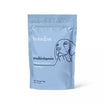








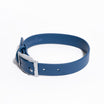
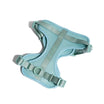
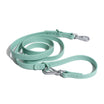


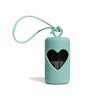

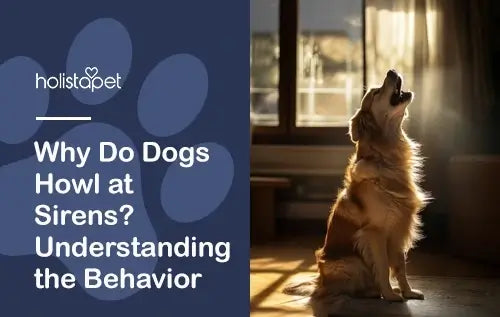
![What Are the First Signs of Hip Dysplasia in Dogs [Initial Symptoms]](http://www.holistapet.com/cdn/shop/articles/First_signs_of_hip_displaysa_in_dogs_1_b8b2803e-9368-446d-919e-78bd4c3d871b.webp?v=1739911035&width=500)

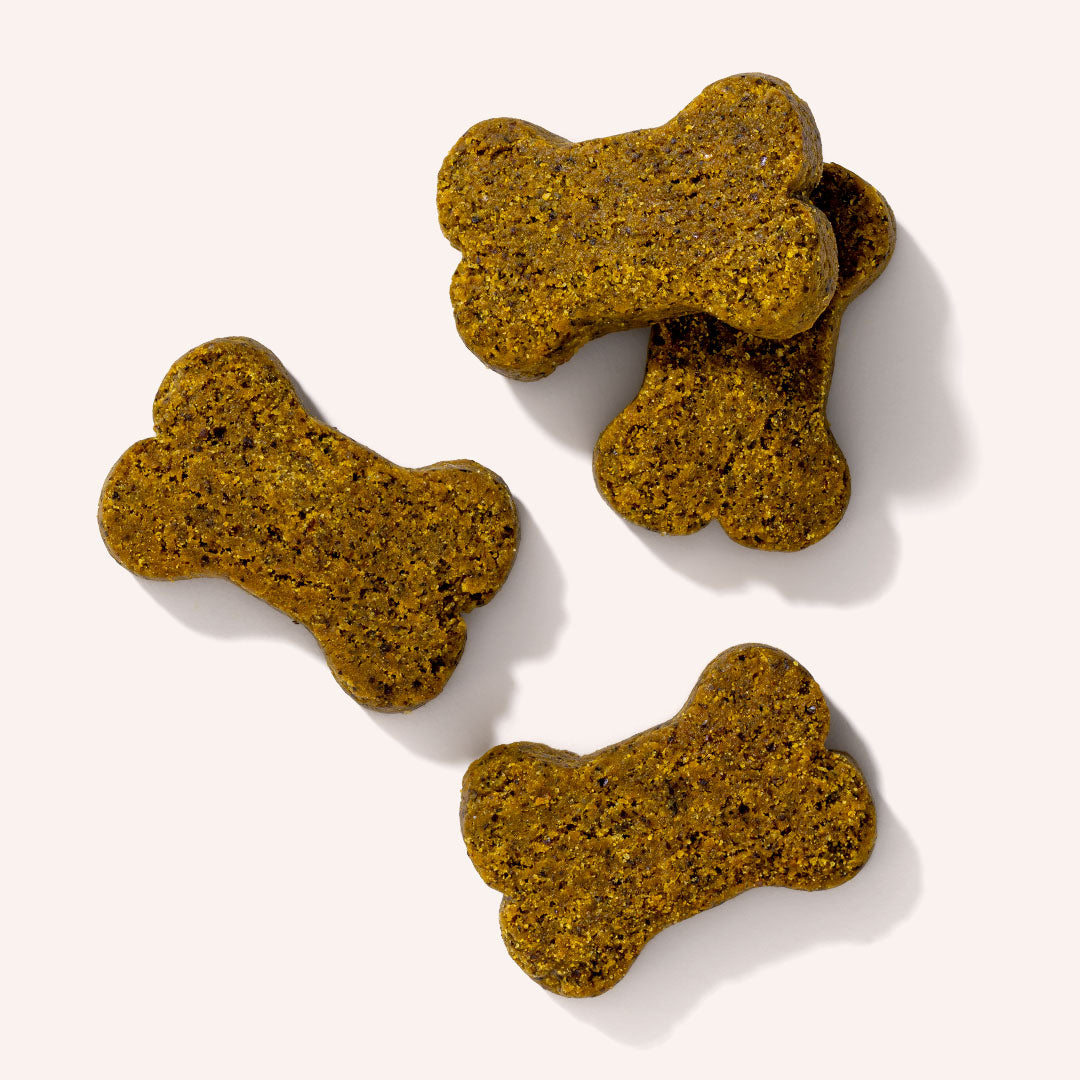
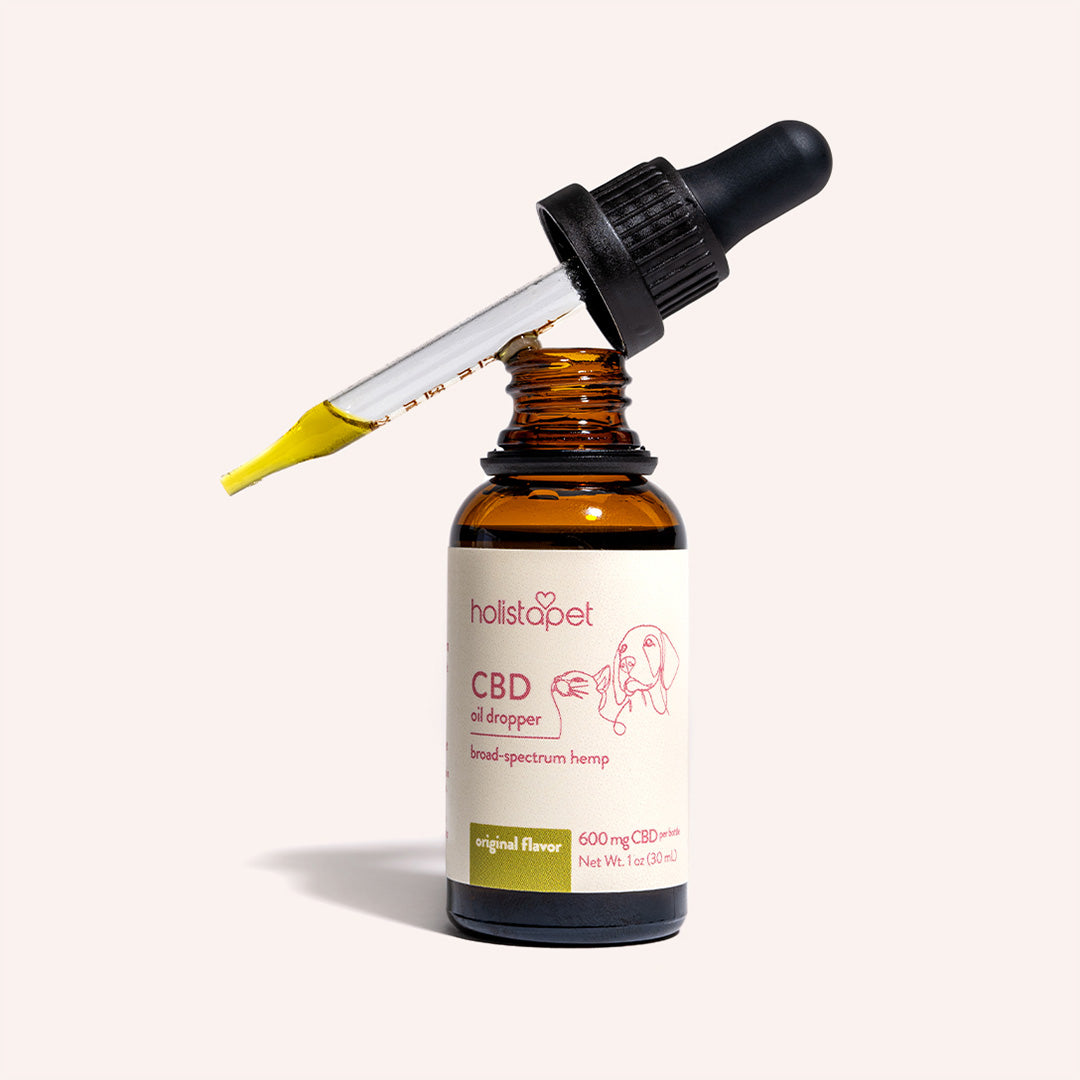
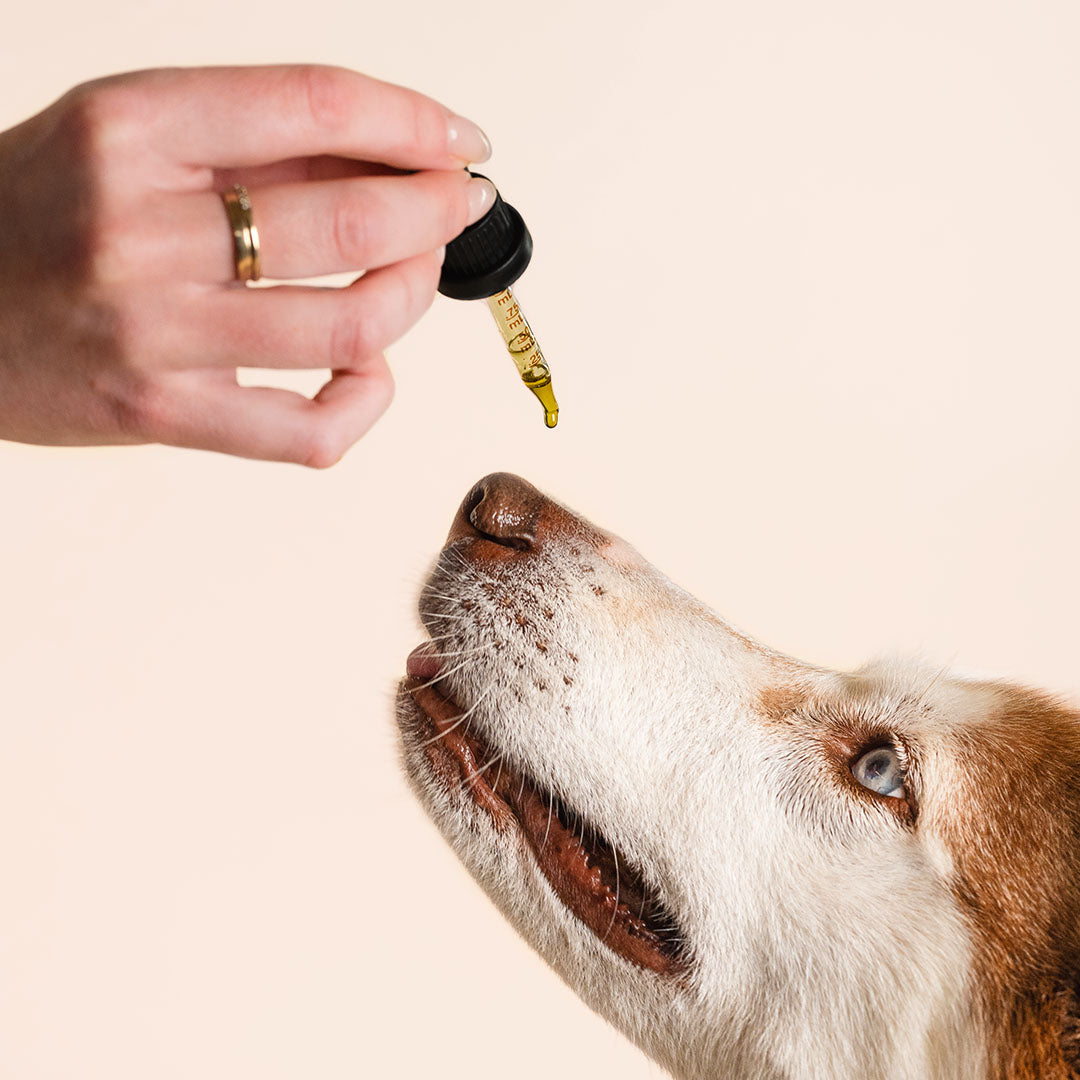



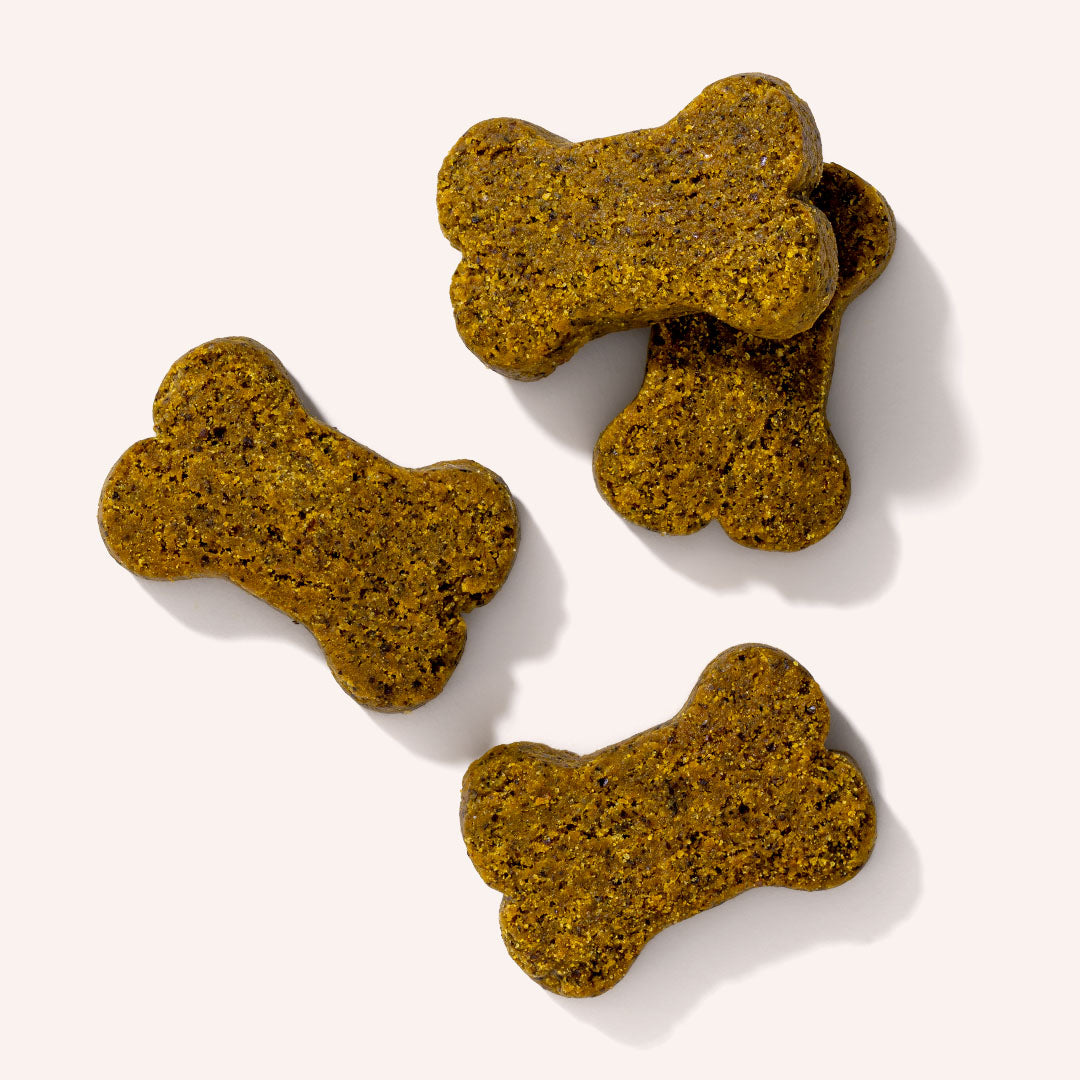

Leave a comment
All comments are moderated before being published.
This site is protected by hCaptcha and the hCaptcha Privacy Policy and Terms of Service apply.